Gaze and Taste in Some Contemporary Works
Recounting food in an unusual way, according to relationships that do not belong to the everyday rules. Recounting art in a manner equally anomalous, crossing the 20th century in forms unexpected and unsettling. A tricky but profound connection that regards the taste within the eyes and the gaze within the flavor. With the freedom of analysis that only works of art permit, we can now reason about visual art with both connective and dissonant attitudes; we can now think about food with this unusual logic, so that by eating there re-emerges an anthropological merit, a historical and social reference, a tale not only of taste but, above all, of values.
OBIC is an article for this magazine but also a forthcoming book. OBIC speaks of aesthetic geographies that surround us, of forms that go beyond the surface, colors that hold experiences and insights. OBIC talks about informed recipes, born from an artistic incentive that illuminates untraveled roads. A parabolic journey between artists whose journey was inspired by culinary symbols – like stars in a shared constellation – that spark new relationships, unspoken conversations and unexpected references.
The artists, of course, do not actually speak of dishes and recipes, but they whisper of the hidden connections, embracing symbolism and metaphorical meanings. They are concerned with the more complicated contents, the theoretical margin that leads faraway, beyond the immediate connections of an image, towards the infinite personal interpretations of the work.
The twentieth century of OBIC opens with Alberto Savinio, an unpredictable master, a man of letters and images who underlines the metaphysical meaning of the area where dreams and fantasy intersect. The faded backgrounds of his works affirm the independence of the painting beyond the genre; inside there is a dreamlike energy that morphs and redefines nature. This seems to be a perfect beginning for reconnecting to the historical genre of the still life, but from a twentieth-century perspective, between futurism and surrealism, in the avant-garde profile of an explosive consciousness.
Alberto Burri, Afro and Leoncillo represent the pinnacle of the arte informale style, giving universal and regenerative emotion to raw material. Their style was nothing like the kind of abstraction that dealt with archaic notions of the body in a refined setting – the cultivated field, the kitchen flame. Without the work of these artists, there would have been no arte povera– with its alchemy of natural mediums; nor would there have been the young artists who formed a “purist cult” as a response. Burri, Afro and Leoncillo demonstrate a kind of demonic energy in their obsessive repetition of fundamental routines, today the same as tomorrow, a biological continuity that is typical of eating and offers the most innovative aspect of a timeless visual model.
Piero Manzoni is a crucial passage in the twentieth century of OBIC. The ingredients of daily life are molded in his ascetic severity, exhibiting the multifaceted nature of any object, bringing the ready-made style of Duchamp into the Eucharistic space of ascetic austerity, in an aesthetic that is the descendant of arte informale and the origin of the arte povera of the ‘70s.
The ‘60s generation marks another significant era in the history of Italian art, providing a wise representation of open-ended content and a kind of prophetical response. Mario Schifano, Pino Pascali, Alighiero Boetti and Renato Mambor are its intuitive leaders, the artists who purified the aesthetic and established a balanced vision. With them we enter the era of communication, in a continuous dialogue between styles, using the fresh ingredients of contemporary imagery.
Salvatore Emblema connects the raw material of the landscape (canvas, stones from Vesuvius, natural colors) to the subtle play of light inside the work, evoking mental connections that arise from the Neolithic simplicity of geometry. A unique artist in his anthropological spirit, capable of bringing the local origins (the area at the foot of Vesuvius) into the cosmological dimension of the work. Maria Lai creates something similar in her Sardegna, sharing Emblema’s use of basic ingredients for an alchemical poem that combines the biological components with a matriarchal femininity.
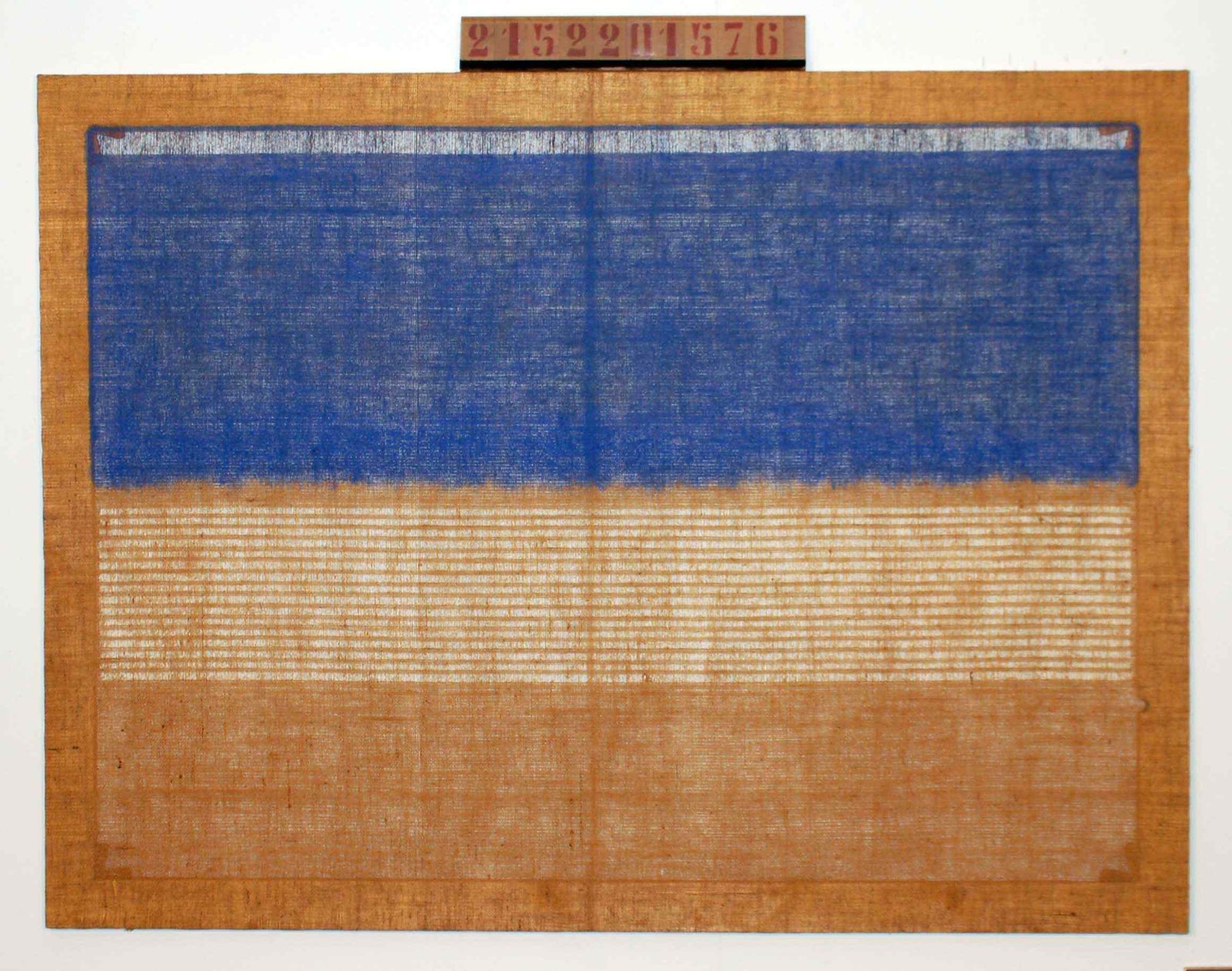

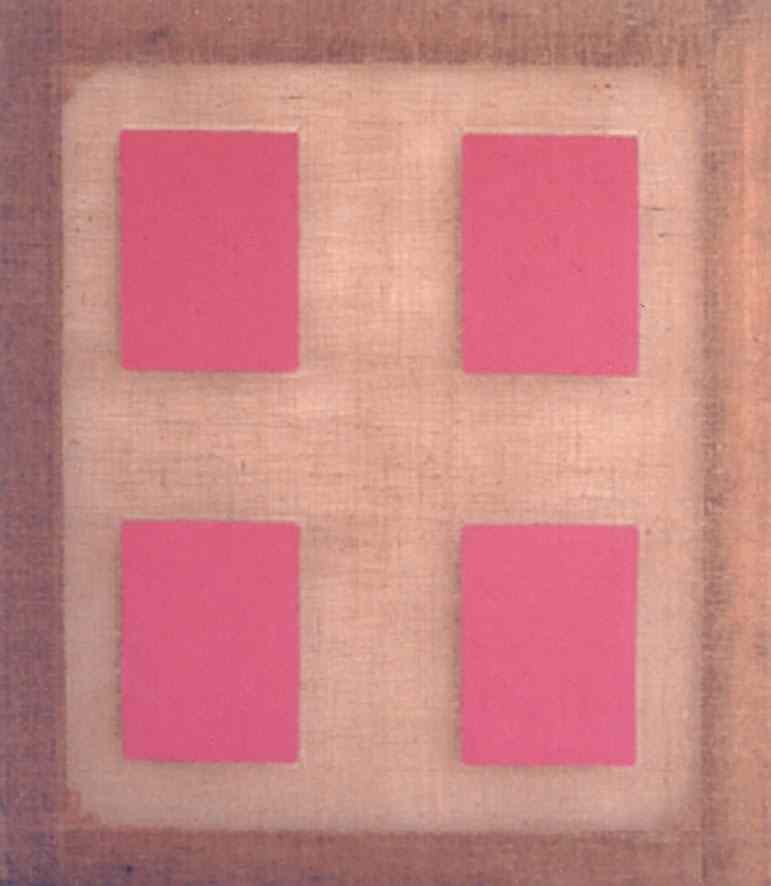
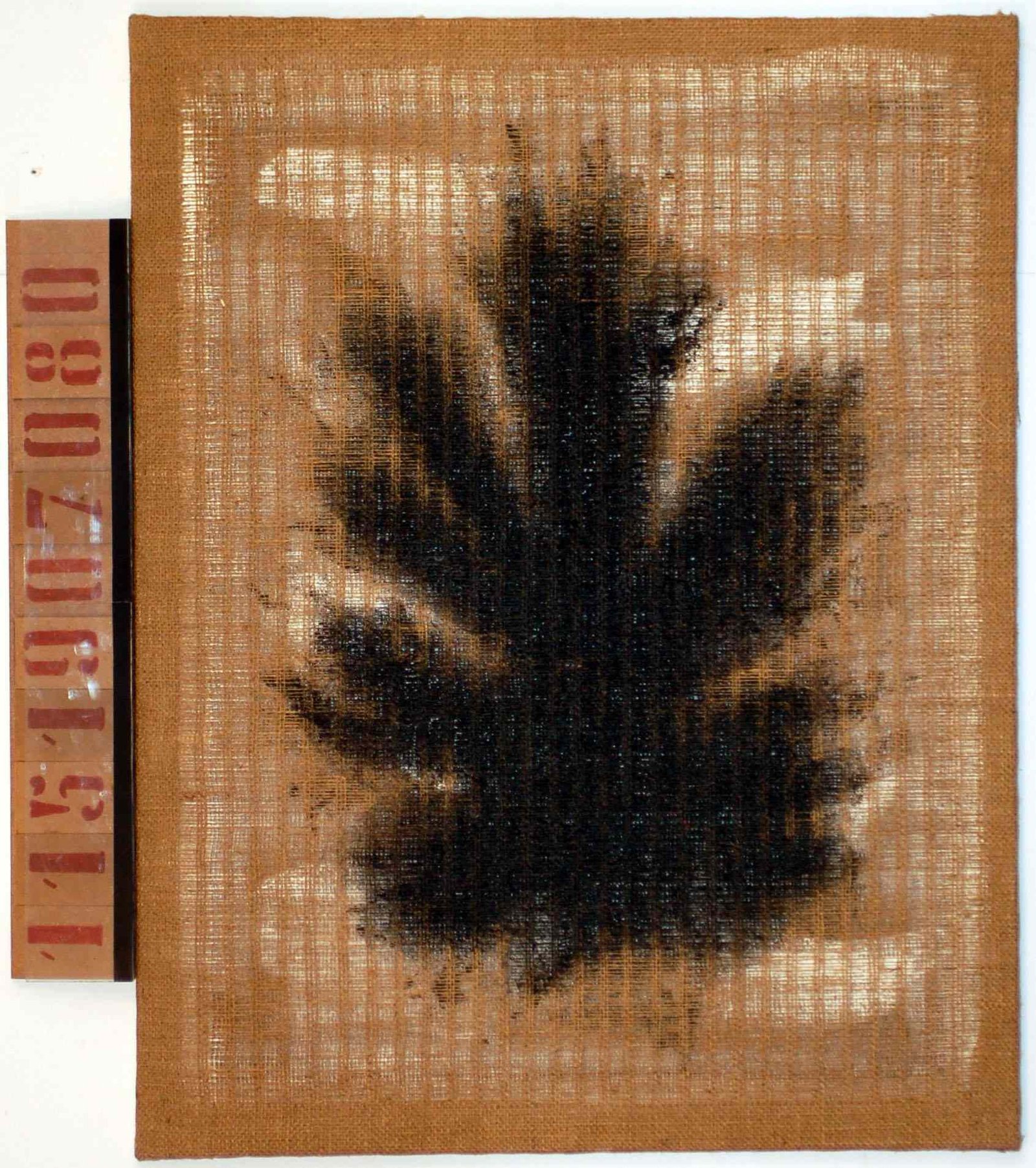
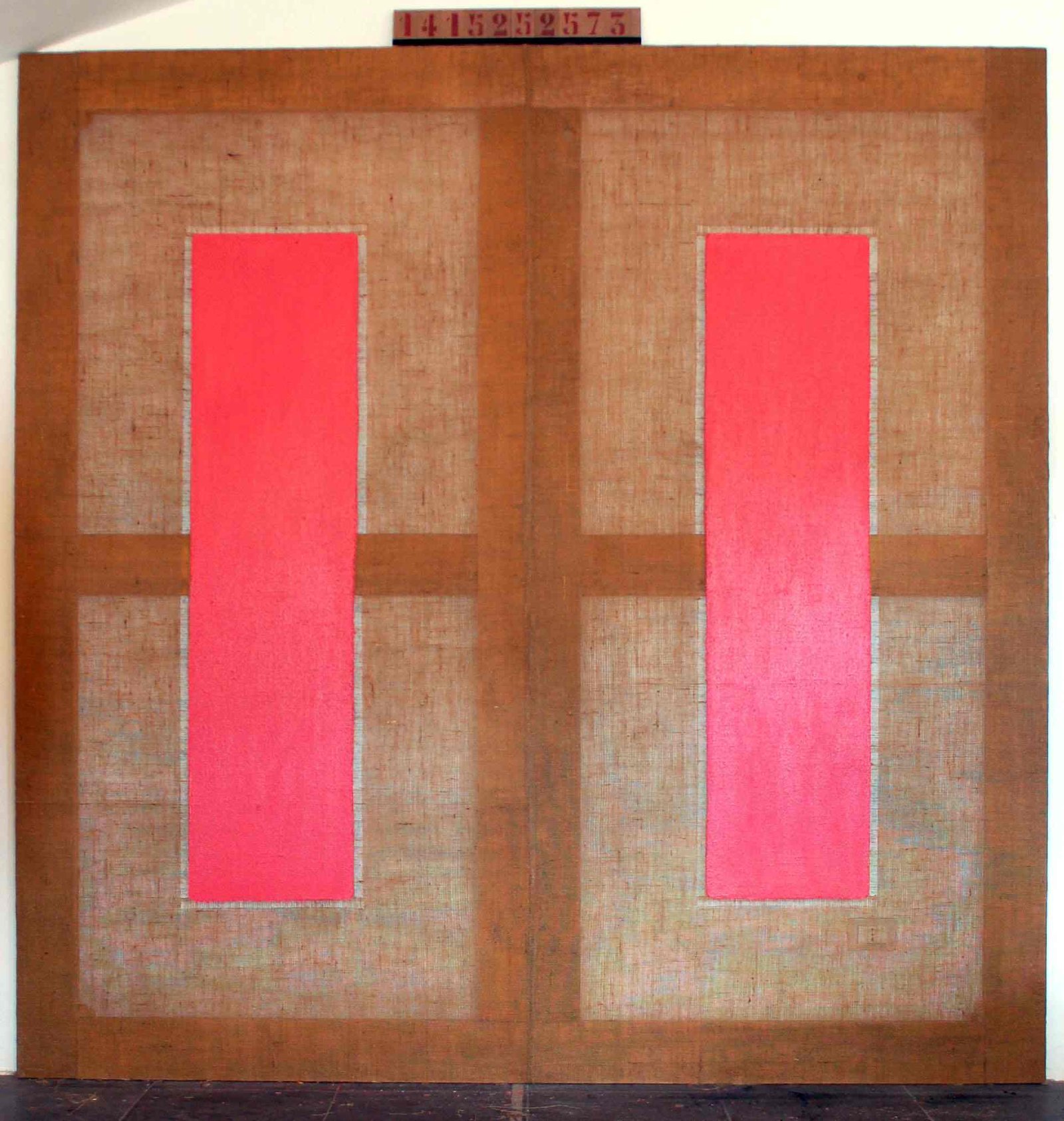
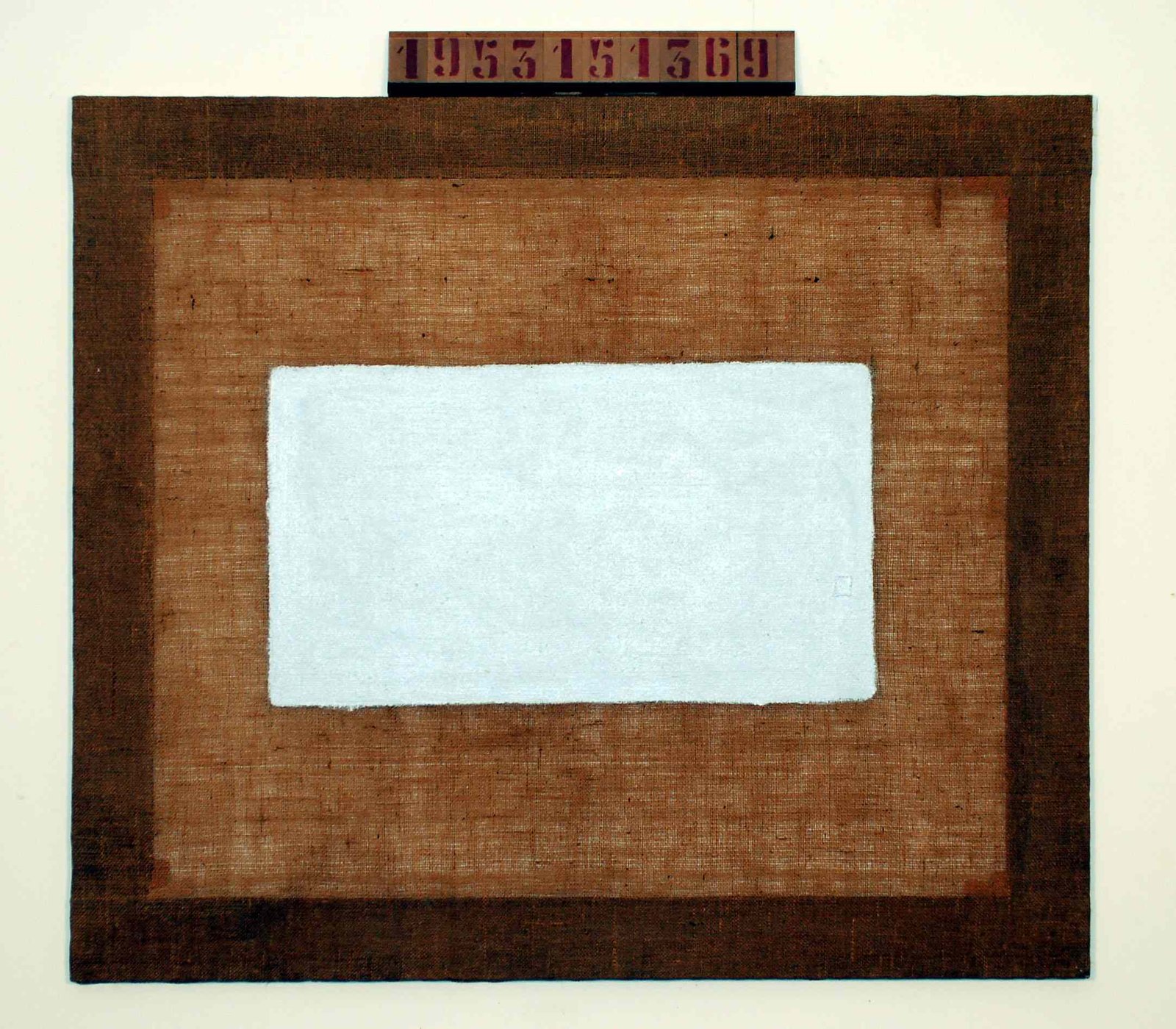
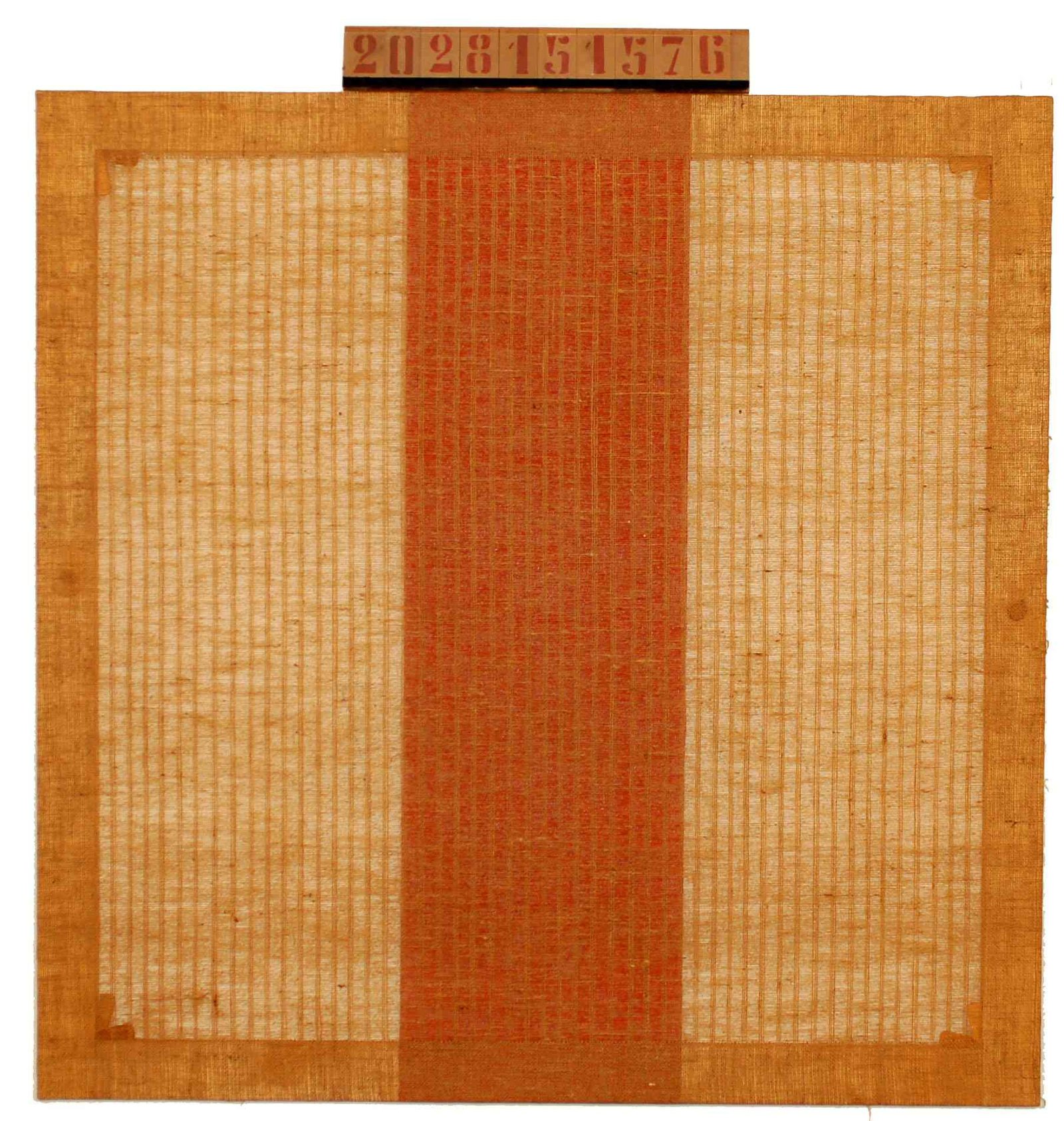

For discussing this “tricky” relationship between food and visual art, we have chosen Italy, thanks to a long history of synergy between these two – a maturation process. First, our twenty regions hold an excellent food heritage that amplifies the combinations of basic ingredients, to the point of weaving the history of cooking into the cultural events of that history. Second, Italian artists often combined the aspects of eating with visual symbols in their work, integrating real-life details into the overall meaning. Third, visual art and food are the two most renowned cornerstones of our historical traditions, expressed in the profound richness of its native beauty and pleasure.
Welcome to the special place where art and food sit at the same table of ideas-in-progress. Welcome to the paper world in which the work and the dish captivate all of our senses and invite them to a naked lunch of the mind. Welcome to a mirror where each kind of food is reflected differently day by day, to a world that forces us to look at food differently in order to uncover what is hidden beneath the obvious. Ladies and gentlemen, welcome to the OBIC galaxy.
BOX ON SALVATORE EMBLEM
For Salvatore Emblema, this is a golden moment in the Italian and international markets. After a major bidding contest at Phillips Auction House, New York May 13, 2014 –- and subsequently receiving almost fanatical attention from Italian and American collectors— a major retrospective was held during Summer 2015 at the Palazzo Collicola Arti Visive (Spoleto), during the Festival of Two Worlds .
Salvatore Emblema was born in Terzigno, a restless land in the slopes of Vesuvius, a place that calibrates the human rhythm to the ancient timing of the volcano. Here his primordial and alchemical art takes shape, the child of a methodical process that renders the canvas an intriguing clue, a stone-age simplicity on which colors find their primordial origin. We see elementary geometry, methodical markings, bands and outlines, always with colorful roots that come from the landscape and return to nature with a change in light, able to establish the biological life of the painting, its continuous variability. The work tells of the illumination of the sun and the fluorescence of the moon, transforms itself from within and resonates like a star in the heavens. There is a process of rigorous removal of the superfluous, connecting the simplicity of the elements with the complexity of the universe. It is no coincidence that the painted geometries are mysterious, like timeless markings, a sort of esoteric code preceding symbols and interpretations. A journey to the origins of the chaos, through revelations and ascetic crossings.
